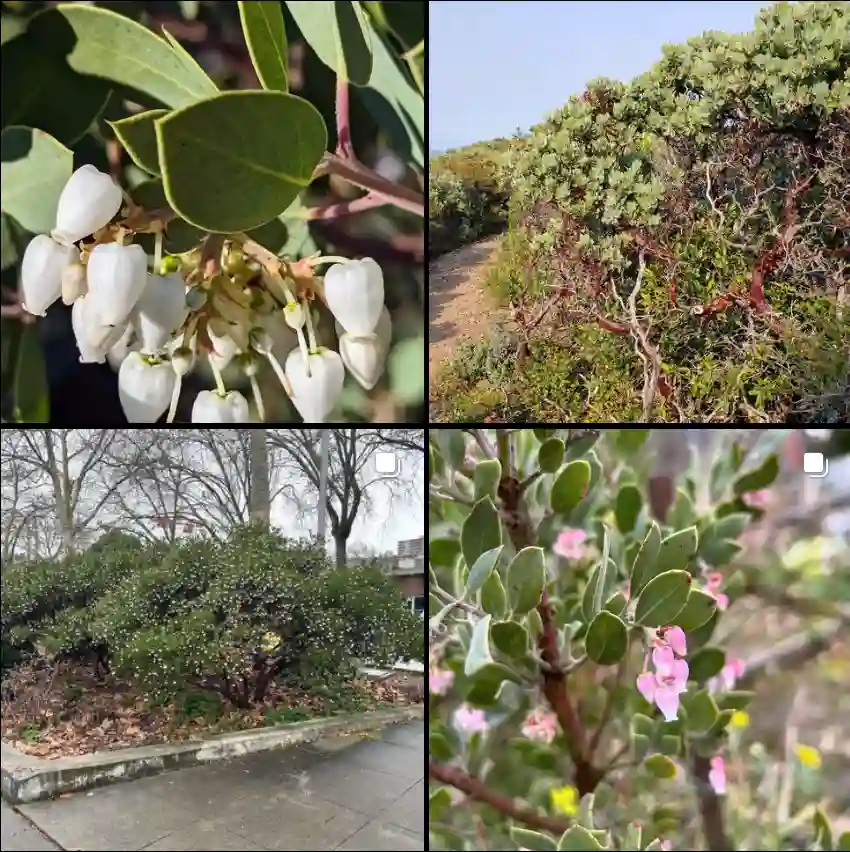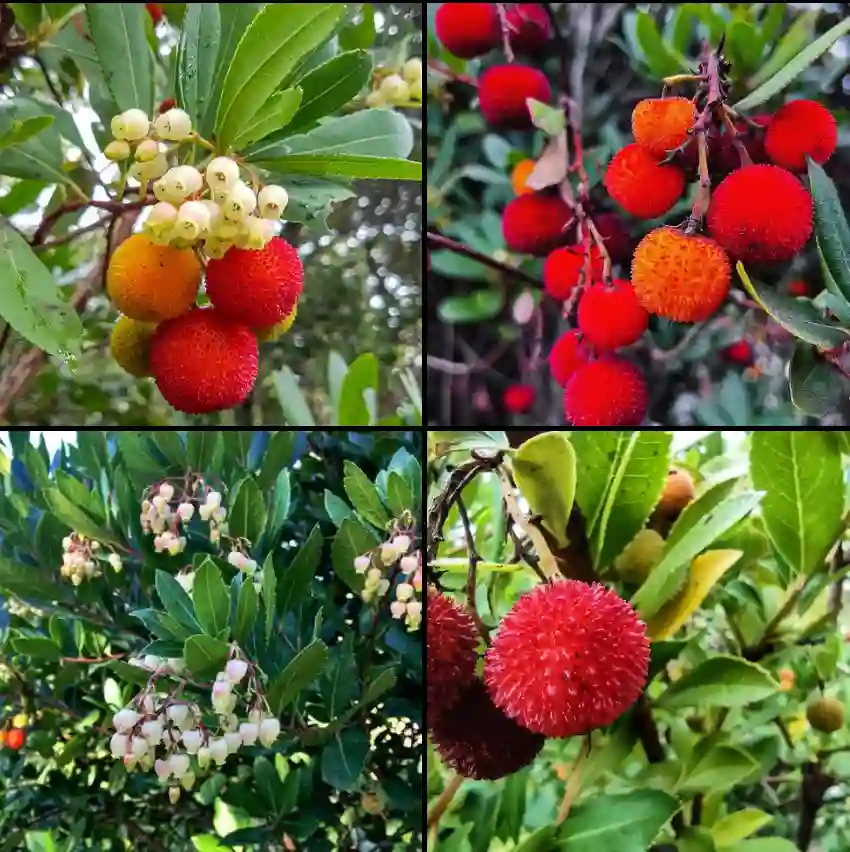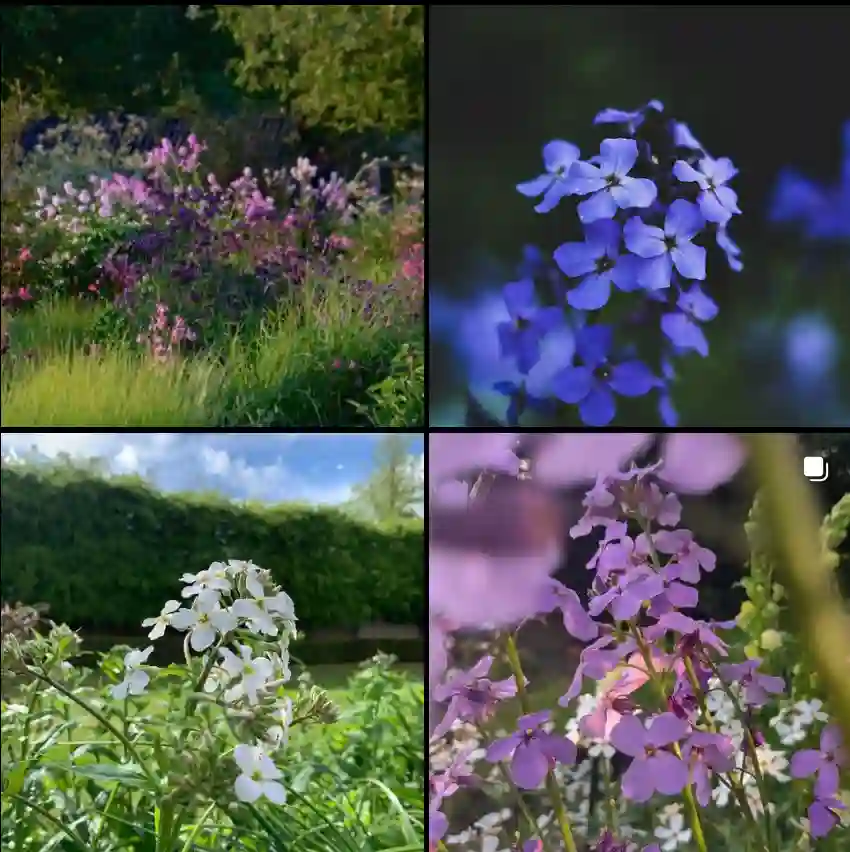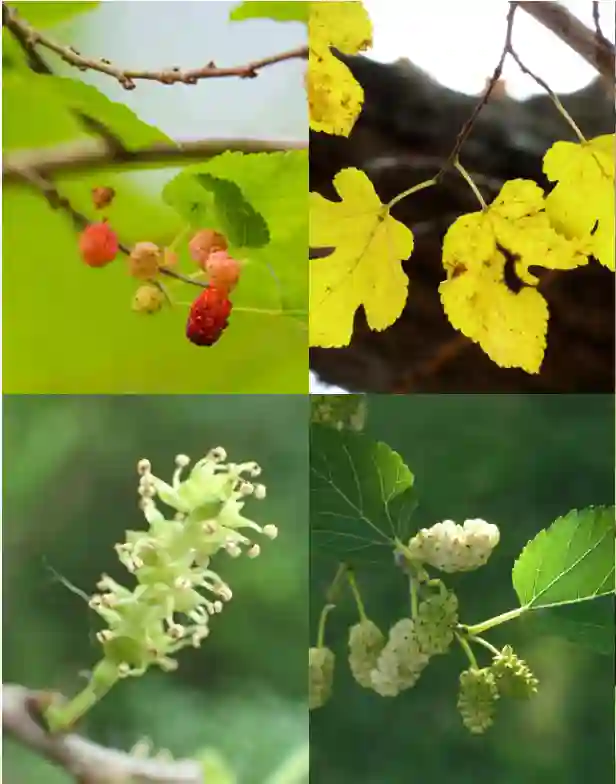FAQs About Kumasaka Camellia
Kumasaka Camellia has been a favorite in my garden for years. Its vibrant, semi-double pink to deep rose blooms are captivating, and it’s always a joy to see them in full display. Over time, I’ve encountered many questions about this plant. I’m here to share my experiences and knowledge to help you better understand and care for Kumasaka Camellia.
230 Species in Genus Camellia
What Is Kumasaka Camellia?
Kumasaka Camellia, known scientifically as Camellia Japonica ‘Kumasaka’, is a cultivar of the Japanese Camellia. This evergreen shrub is prized for its stunning flowers, which typically bloom from late winter to early spring. The blooms are medium-sized, semi-double, and range from pink to deep rose in color. The glossy, dark green leaves provide a perfect backdrop for the vibrant flowers.
In my experience, Kumasaka Camellia is a versatile plant that can be used as a hedge, in a mixed border, or as a stand-alone specimen. Its ability to thrive in partially shaded areas makes it ideal for adding color to shady spots in the garden.
How to Care for Kumasaka Camellia?
Caring for Kumasaka Camellia is relatively straightforward if you provide the right conditions. Here’s what I’ve learned:
- Light: Kumasaka Camellia prefers partial shade. Too much direct sunlight can scorch the leaves, while too much shade can reduce blooming. In my garden, I’ve found that morning sun and afternoon shade work best.
- Soil: This camellia thrives in well-drained, acidic soil. I like to amend the soil with organic matter like compost or pine bark to maintain acidity and improve drainage.
- Watering: Consistent moisture is key. I water deeply but infrequently, allowing the soil to dry out slightly between watering. Mulching around the base helps retain moisture and keeps the roots cool.
- Fertilization: I fertilize my Kumasaka Camellia in early spring with a balanced, slow-release fertilizer formulated for acid-loving plants. Avoid over-fertilizing, as it can lead to excessive leaf growth at the expense of blooms.
- Pruning: Pruning isn’t often necessary, but if you need to shape the plant, do so after flowering. I usually remove any dead or weak branches to maintain the plant’s health.
How to Propagate Kumasaka Camellia?
Propagating Kumasaka Camellia can be done through cuttings, which I find to be the most reliable method.
- Take Cuttings: In late spring or early summer, take semi-hardwood cuttings about 4-6 inches long. Make sure each cutting has at least two sets of leaves.
- Prepare the Cuttings: Remove the lower set of leaves and dip the cut end in rooting hormone to encourage root development.
- Plant the Cuttings: Place the cuttings in a pot filled with a well-draining mix of peat and perlite. Keep the soil moist and cover the pot with a plastic bag to create a humid environment.
- Rooting: Place the pot in a warm, bright location but out of direct sunlight. In my experience, roots usually develop in 6-8 weeks.
What to Plant with Kumasaka Camellia?
Kumasaka Camellia pairs beautifully with other acid-loving plants. Here are a few companion plants I’ve successfully grown alongside it:
- Azaleas: Their vibrant blooms complement the camellia’s flowers, and they share similar soil and light requirements.
- Ferns: The delicate foliage of ferns contrasts nicely with the camellia’s glossy leaves, creating a lush, layered look.
- Hostas: These shade-loving perennials provide a low-growing companion that highlights the camellia’s height and structure.
- Rhododendrons: Like azaleas, rhododendrons thrive in the same conditions and add even more color to the garden.
Benefits or Toxicity of Kumasaka Camellia?
One of the reasons I love Kumasaka Camellia is that it’s non-toxic to both humans and pets. This makes it a safe choice for gardens where children or animals play. Additionally, its evergreen nature provides year-round interest, and the flowers attract pollinators like bees, adding ecological value to the garden.
Common Problems with Kumasaka Camellia
Despite its many virtues, Kumasaka Camellia isn’t without its challenges. Here are some common issues I’ve encountered:
- Yellowing Leaves: This can be a sign of nutrient deficiency or improper soil pH. I recommend testing the soil and adjusting as necessary. A dose of chelated iron can often help if the pH is too high.
- Bud Drop: Sometimes, buds form but fail to open, dropping instead. This can be due to inconsistent watering or sudden temperature changes. I’ve found that maintaining consistent soil moisture and protecting the plant from harsh winds can help prevent this issue.
- Pests: While generally pest-resistant, Kumasaka Camellia can occasionally attract aphids, scale, or spider mites. I keep an eye out for these and treat them with insecticidal soap if necessary.
Comparing Kumasaka Camellia with Other Camellia Cultivars
Kumasaka Camellia is often compared to other Camellia Japonica cultivars. One popular comparison is with ‘Yuletide’ Camellia, which blooms around the holiday season with striking red flowers. While both are beautiful, I prefer Kumasaka for its longer bloom period and the softer pink tones that add a gentle touch to the garden.
Another cultivar often confused with Kumasaka is ‘Debutante’ Camellia. Both have pink flowers, but ‘Debutante’ has peony-form blooms, which are fuller and more formal-looking. I appreciate the semi-double form of Kumasaka for its more relaxed, natural appearance.
Final Thoughts
Kumasaka Camellia is a resilient and beautiful addition to any garden. With proper care, it can thrive and provide stunning blooms for many years. Whether you’re a seasoned gardener or just starting, Kumasaka Camellia is a plant worth adding to your collection. Its beauty, versatility, and relatively low maintenance make it a favorite in my garden, and I’m sure it will be in yours too.
If i die, water my plants!



